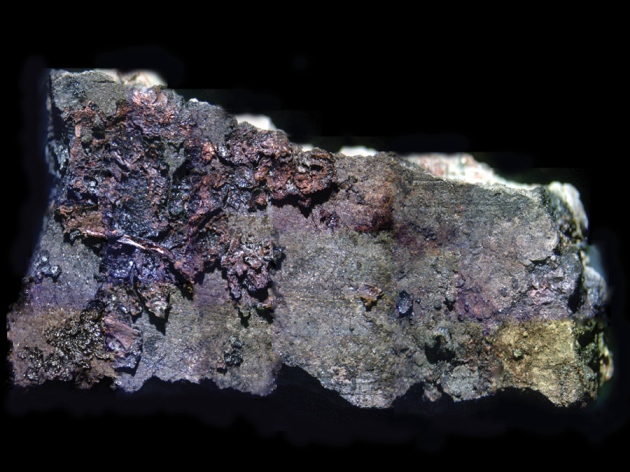Science News
Spicy!
August 21, 2013
by Molly Michelson

Humans may have started cooking their food in pots 20,000 years ago or so, but when did it start to taste good?
According to a new study in PLoS ONE, maybe only 6,000 years ago. The study’s authors determined that’s around the time fledgling human chefs in Europe began using spices.
Previous studies, using classical texts and macrofossil evidence, had put the use of spices—plants that have little nutritional value but pack a flavorful wallop—back 4,000 years, but researchers from the University of York found a secret ingredient in phytoliths.
Phytoliths are the silica-rich structures formed when microscopic plants decay, as minerals take the place of the plant’s original tissue. The researchers found phytoliths in blackened deposits inside pottery shards recovered from sites in Denmark and Germany, dating from a period when prehistoric people transitioned from a hunter-gatherer lifestyle to farming.
The recovered phytoliths resemble those found in modern-day seeds of garlic mustard, a peppery mustard-flavored spice of little nutritional value. The shards also contained residues of fats from a range of marine and terrestrial animals, as well as starchy plants, suggesting the spice was used to flavor these foods.
Spicing up food must have caught on—several millennia later, Columbus and Vasco de Gama sailed the world in search of more spices.
“Until now it has been widely accepted that the calorific content of foods was of primary importance in the decisions by hunter-gatherers about what to eat,” says lead author Hayley Saul. “Both the actual finding of seed phytoliths consistent with garlic mustard spice, and the method of discovery, open up a new avenue for the investigation of prehistoric cuisines.”
As Emeril Lagasse might say, “Bam!”
Image: H. Saul